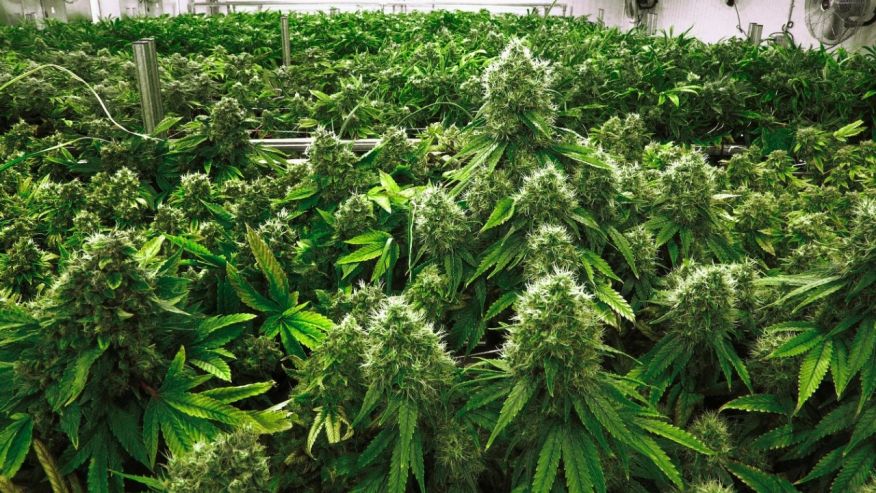USA Today newspaper says WAIT on marijuana
 USA Today 23 October 2016
USA Today 23 October 2016
Family First Comment: “It is too early to draw any conclusions about the potential effects of marijuana legalization or commercialization on public safety, public health or youth outcomes.”
As voters in five states consider ballot measures next month to legalize marijuana for recreational use, supporters and opponents can pluck a statistic to back just about anything they want to argue about the issue. But amid a gaggle of dueling studies, the truth is that the state experiments in legalizing recreational use are still too new to yield definitive results about the harms and benefits to society.
In Colorado and Washington state, the first to legalize, retail stores did not open until 2014. As the Colorado Department of Public Safety asserted in its first post-legalization report this year: It is too early to draw any conclusions about the potential effects of marijuana legalization or commercialization on public safety, public health or youth outcomes.
This argues for some caution when voters head to the polls Nov. 8 in Arizona, California, Maine, Massachusetts and Nevada to consider recreational use measures. Passage would double the number of states that have legalized use by all adults who are at least 21. (Four more states — Arkansas, Florida, Montana and North Dakota — will vote on allowing medicinal use, which 26 states already allow.)
Even as information trickles in from the states with recent legalization, there is settled scientific data worth considering.
Years of research have shown that marijuana affects learning, memory and attention, and could decrease motivation. Some studies also suggest a link to to schizophrenia, particularly for people who’ve had heavy and frequent use as adolescents.
Adults are better able to decide for themselves what risks they want to take, but the major concern is underage use. Science suggests that developing brains are more sensitive to the changes associated with marijuana use. Many questions remain: How much is too much? At what age is it most harmful? Do genetic factors matter? These issues often get less attention than they deserve in the debate over legalization.
Another unanswered question is whether legalization for adults will lead to more use by adolescents. In Colorado the answer during the first year is a tiny increase, according to federal and local surveys. But the perception of health risk of marijuana has dropped substantially over time. Since 2009, the number of Colorado youths 12 to 17 years old who see no risk to smoking marijuana once or twice a week has more than doubled, to 16%.
One clear lesson is that edible marijuana products should be labeled and kept away from children. Calls to Colorado’s poison control center involving marijuana and young children have more than tripled since 2012.
While more data are needed to provide clarity in some areas, some conclusions are obvious. There should not be harsh criminal penalties for possession of marijuana for personal use. Legalizing medicinal use, as long as laws aren’t so porous that anyone can get a prescription, makes sense. Along with that change, the federal government should move marijuana from its list of Schedule I controlled substances, which includes heroin and LSD, to Schedule II, which includes opioid drugs that are used to treat pain but have a high potential for abuse.
READ MORE: http://www.usatoday.com/story/opinion/2016/10/23/marijuana-pot-ballot-voters-editorials-debates/92482394/







